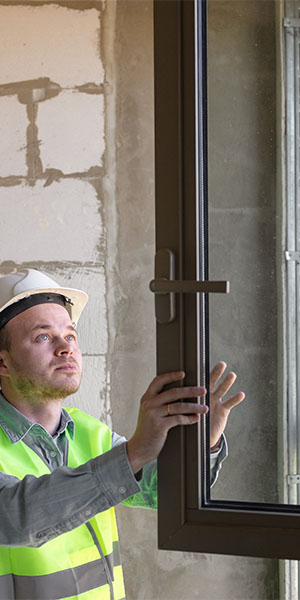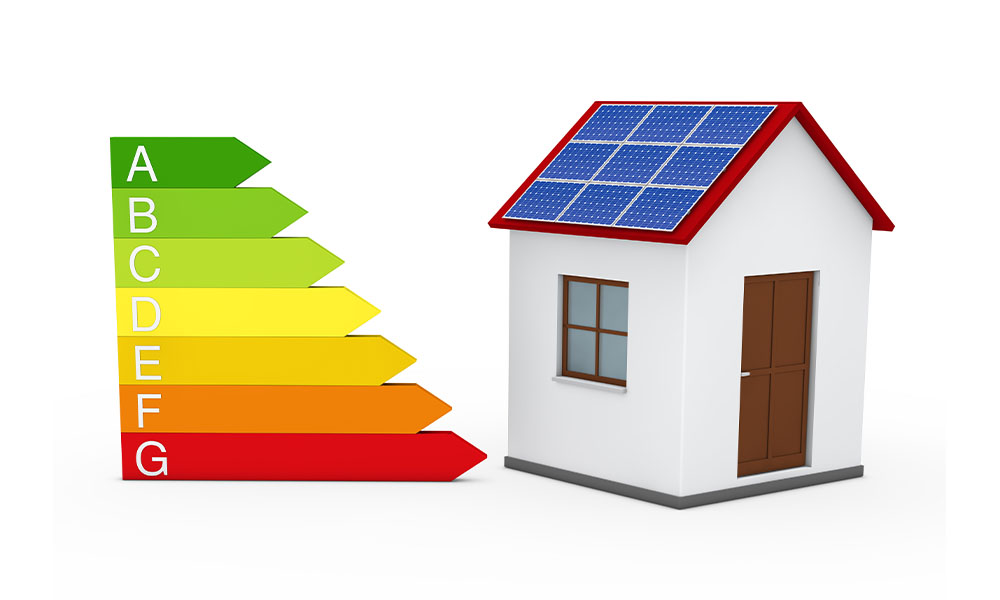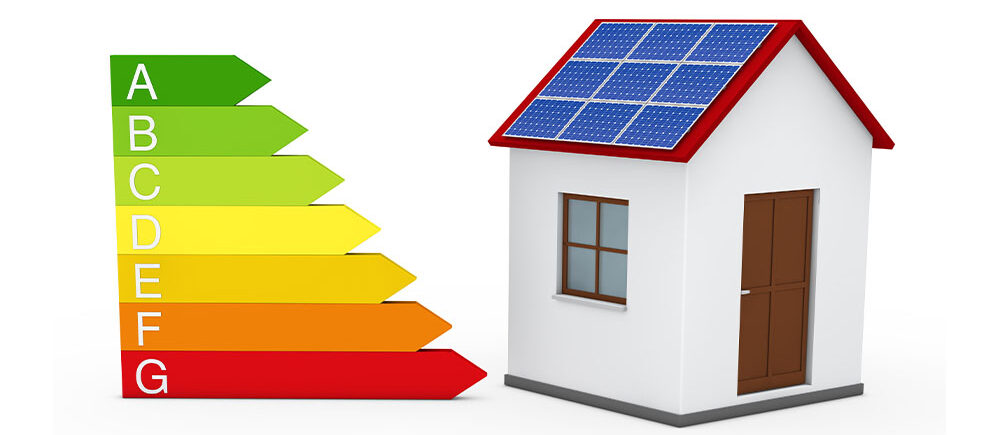Understanding R-Value and U-Value for Windows: A Comprehensive Guide
When it comes to choosing energy-efficient windows for your home, understanding the concepts of R-value and U-value is essential. These two metrics play a crucial role in determining the insulation performance of windows, helping homeowners make informed decisions to improve comfort, energy efficiency, and sustainability. In this comprehensive guide, we’ll delve into the definitions, significance, and implications of R-value and U-value for windows.
1. What is R-Value?
a) Definition:
R-value, or thermal resistance, measures the ability of a material to resist heat transfer. It quantifies how effectively a material, such as window glass and frames, insulates against heat flow. A higher R-value indicates better insulation performance, as the material offers greater resistance to heat transfer.

b) Calculation:
The R-value of a window is calculated by dividing the thickness of the material (e.g., glass, frame) by the thermal conductivity, which measures how easily heat passes through the material. The formula for calculating R-value is:
R = Thickness / Thermal Conductivity
c) Significance:
The R-value of windows provides insight into their insulation capabilities. Windows with higher R-values offer better thermal insulation, reducing heat loss during the winter and heat gain during the summer. This results in improved energy efficiency, lower heating and cooling costs, and enhanced comfort for occupants.
d) Factors Influencing R-Value:
Several factors influence the R-value of windows, including the type and thickness of glass, the presence of low-emissivity (Low-E) coatings, the design and materials of window frames, and the effectiveness of insulation around the window perimeter.
2. What is U-Value?
a) Definition:
U-value, or thermal transmittance, represents the rate of heat transfer through a material or assembly. It measures how much heat passes through a window per unit area when there is a temperature difference between the indoor and outdoor environments. A lower U-value indicates better insulation performance, as the window transmits less heat.

b) Calculation:
The U-value of a window is calculated based on the reciprocal of the total thermal resistance (R-value) of all components, including glass, frame, and spacer. The formula for calculating U-value is: U = 1 / (R1 + R2 + R3 + …)
Where R1, R2, R3, etc., represent the thermal resistance of each component of the window assembly.
c) Significance:
The U-value of windows is a critical factor in determining their energy efficiency. Lower U-values indicate reduced heat loss or gain through windows, resulting in lower heating and cooling loads, decreased energy consumption, and improved indoor comfort throughout the year.
d) Factors Influencing U-Value:
Several factors influence the U-value of windows, including the type and configuration of glazing (single, double, or triple-pane), the presence of gas fills (e.g., argon, krypton) between glass panes, the thermal conductivity of window frames and spacers, and the effectiveness of weather seals and insulation.
3. Implications for Window Selection:
a. Energy Efficiency:
When selecting windows for your home, prioritize options with higher R-values and lower U-values to maximize energy efficiency and minimize heating and cooling costs. Look for windows with advanced glazing technologies, such as Low-E coatings and gas fills, along with well-insulated frames and spacers.
b. Climate Considerations:
Consider the climate and weather conditions in your region when choosing windows. In colder climates, prioritize windows with higher R-values to minimize heat loss and maintain indoor comfort. In warmer climates, focus on windows with lower U-values to reduce heat gain and enhance cooling efficiency.
c. Performance Standards:
Check for energy performance ratings, such as ENERGY STAR® certification, to ensure that your chosen windows meet or exceed industry standards for energy efficiency. Look for products with reputable third-party certifications and labels to guarantee their performance and reliability.
d. Cost vs. Benefits:
While windows with higher R-values and lower U-values may come with a higher upfront cost, they offer long-term benefits in terms of energy savings, comfort, and sustainability. Evaluate the lifecycle costs and return on investment (ROI) of energy-efficient windows to make informed decisions that align with your budget and priorities.

Conclusion
In conclusion, R-value and U-value are critical metrics for evaluating the thermal performance and energy efficiency of windows. Understanding these concepts allows homeowners to make informed decisions when selecting windows for their homes, considering factors such as climate, energy savings, comfort, and budget. By prioritizing windows with higher R-values and lower U-values, homeowners can enjoy improved insulation, reduced energy consumption, and enhanced comfort throughout the year. Invest in energy-efficient windows to create a more sustainable and comfortable living environment while reducing your carbon footprint and utility bills in the long run.

